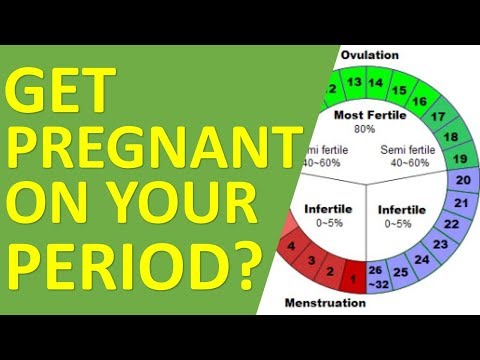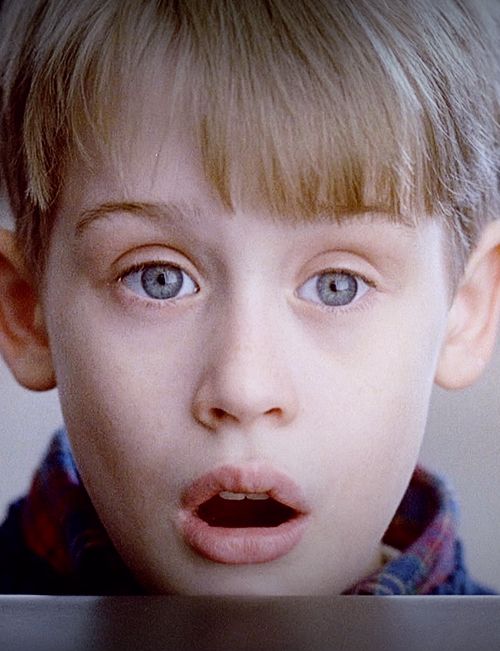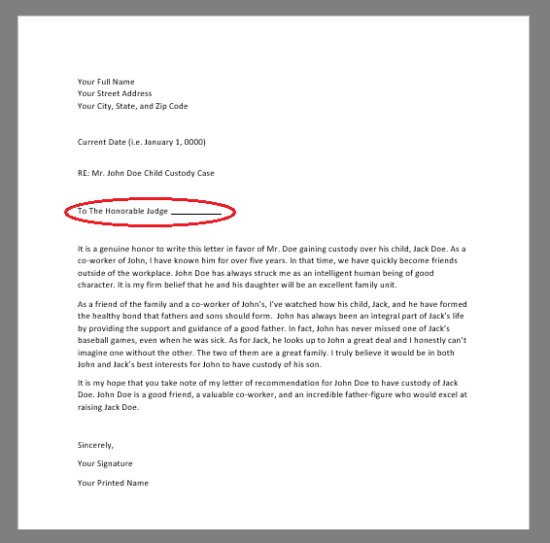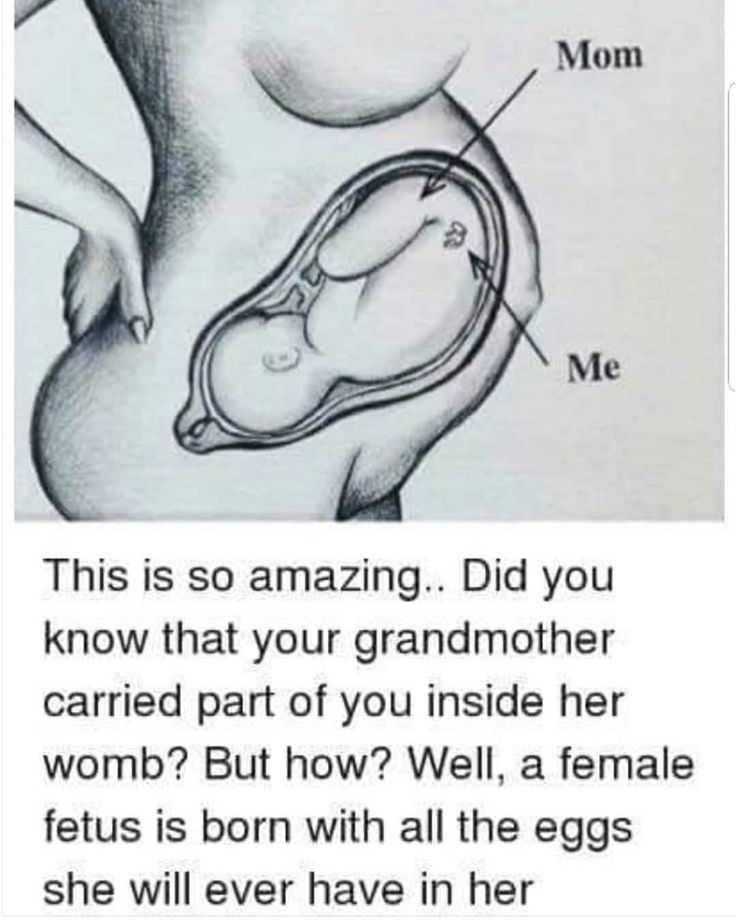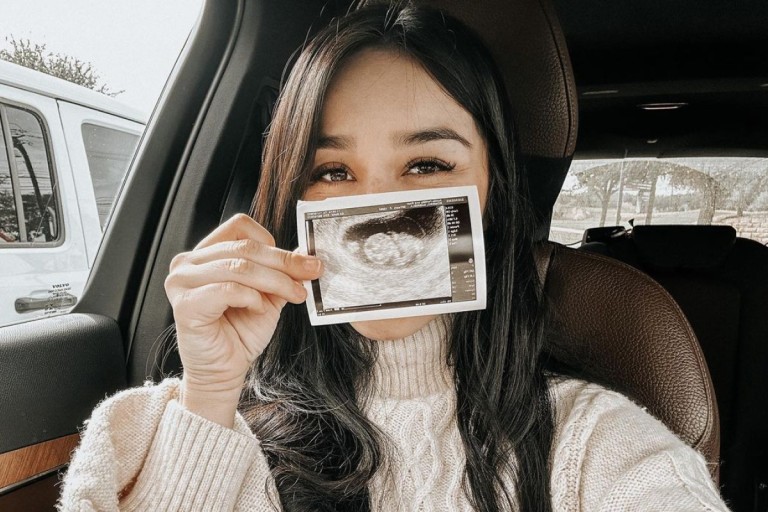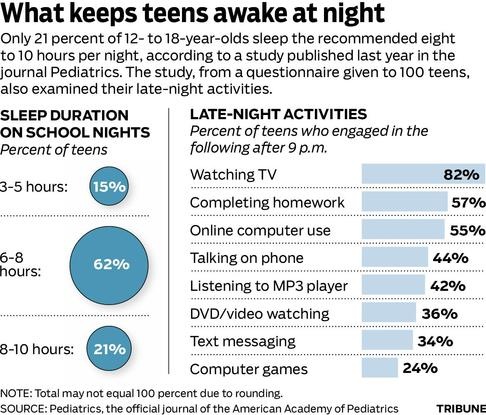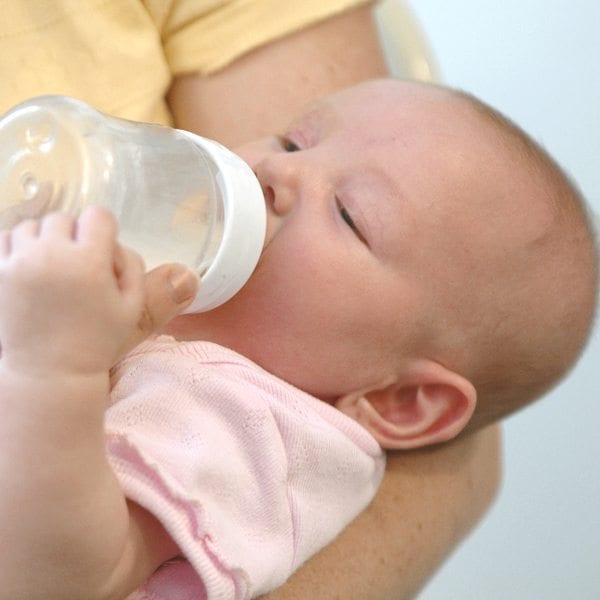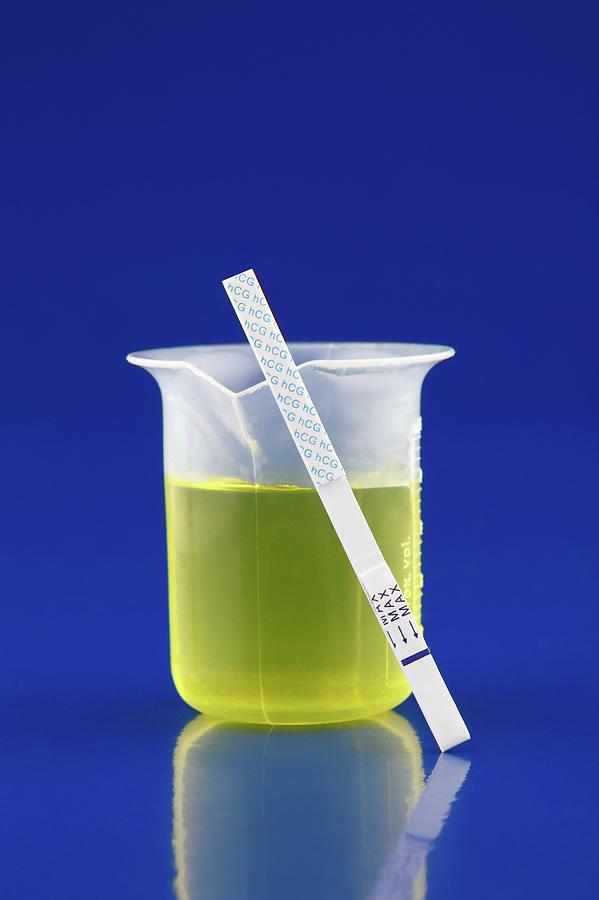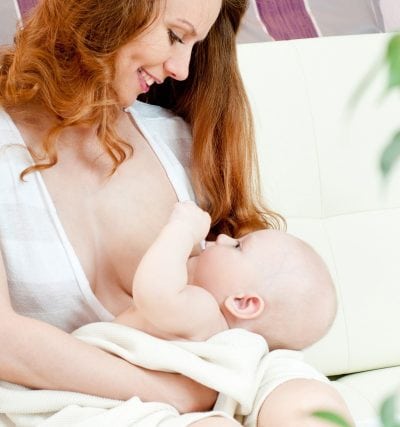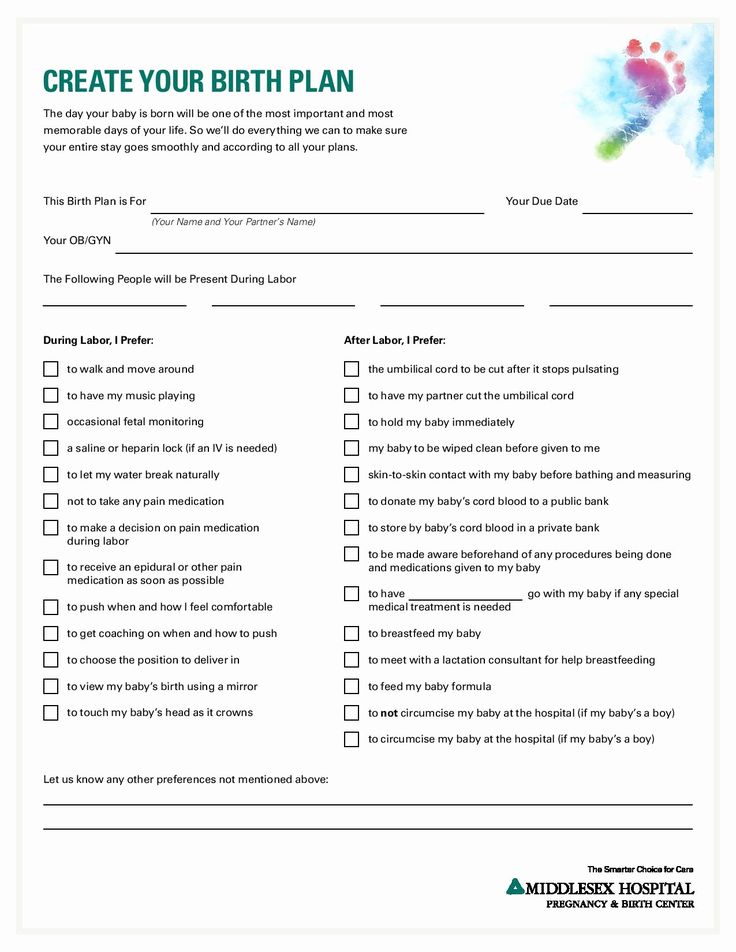How soon ovulate after period
Right Time For Sex , When Do You Ovulate ?
When are you more likely to conceive?
We’re talking about the 'fertile window’ – the days in a woman’s menstrual cycle when pregnancy is possible. The ‘fertile window’ depends on the length of the menstrual cycle, which varies among women.
The ‘fertile window’ is the day an egg is released from the ovary (ovulation) and the five days beforehand. Having sex (intercourse) during this time gives you the best chance of getting pregnant.
Ovulation Calculator
What day did you your most recent period start?
Number of days in your cycle Please select20 Days21 Days22 Days23 Days24 Days25 Days26 Days27 Days28 Days29 Days30 Days31 Days32 Days33 Days34 Days35 Days36 Days37 Days38 Days39 Days40 Days41 Days42 Days43 Days44 Days45 Days
Your ovulation day
Most fertile time
-
What is an ovulation calculator and how does it help you get pregnant?
This ovulation calculator or ovulation calendar can help you work out your most fertile time.
These are the days you are most likely to get pregnant.
It can also estimate your due date if you do become pregnant during your next fertile days.
Others ways to help you work out when you're ovulating:
- Notice changes in vaginal mucus
A few days before ovulation, you may notice your vaginal mucus becomes clear, slick and slippery, and feels a bit like egg white.
This is a sign that ovulation is about to happen. It’s the best time to have sex, as sperm travel more easily in this kind of mucus.
- Use an ovulation predictor kit
You can use a predictor kit from a supermarket or pharmacy, to test your urine for signs of ovulation. If you start testing your urine a few days before the day you next expect to ovulate, a positive result means you are going to ovulate within the next 24 to 36 hours (one to two days).
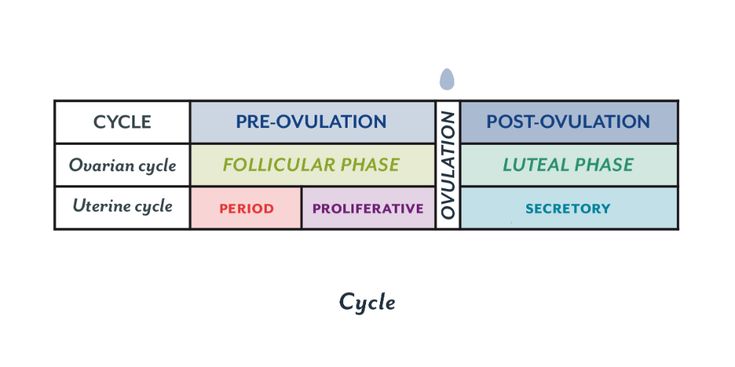
-
Facts about timing
Ovulation is when a mature egg is released from the ovary. The egg then moves down the fallopian tube where it can be fertilised. If sperm are in the fallopian tube when the egg is released, there is a good chance that the egg will be fertilised, creating an embryo, which can grow into a baby.
Pregnancy is technically only possible if you have sex during the five days before ovulation or on the day of ovulation. But the most fertile days are the three days leading up to and including ovulation. Having sex during this time gives you the best chance of getting pregnant.
By 12-24 hours after ovulation, a woman is no longer able to get pregnant during that menstrual cycle because the egg is no longer in the fallopian tube.
There’s almost no chance of getting pregnant if you have sex before or after the fertile window (but if you’re not trying to get pregnant, don’t rely on this – contraception is your best option!).

-
How to know when you’re ovulating
Knowing when you ovulate can help you plan for sex at the right time and improve your chance of getting pregnant. You can keep track of your menstrual cycles on a chart, in a diary, or on a free period-tracker app on your smartphone.
To work out the length of your menstrual cycle, record the first day you start bleeding (first day of your period). This is day 1. The last day of your cycle is the day before your next period begins.
- What is a ‘menstrual cycle’ and a ‘period’?
Some people think the ‘menstrual cycle’ and a ‘period’ are the same thing.
A period is when you bleed (or menstruate).

A menstrual cycle starts on the day when a period starts (day 1) and ends the day before the next period. A cycle’s length is considered normal if it’s between 21 and 35 days. They can vary between women and from one cycle to the next.
- Working out your ‘average’ menstrual cycle length
If your menstrual cycles are different lengths (most women’s cycles are) you can work out your average cycle length.
The number of days in a woman’s menstrual cycle can vary month to month. Periods are not always regular. It can be useful to work out an ‘average’ cycle length, based on the length of three menstrual cycles, to estimate when you’re most likely to be ovulating.
If you add the number of days in three cycles and divide the total number by three, it gives you your average cycle length.
Example
Sarah tracked her last three menstrual cycles by counting the time from the first day of one period, to the day before the next period.

Cycle 1 was 28 days; Cycle 2 was 32 days; Cycle 3 was 27 days
28 + 32 + 27 = 87
87 divided by 3 = 29
So the average length of Sarah’s menstrual cycles is 29 days.
- Working out your most fertile days
When you know your average menstrual cycle length, you can work out when you ovulate.
Ovulation happens about 14 days before your period starts.
- If your average menstrual cycle is 28 days, you ovulate around day 14, and your most fertile days are days 12, 13 and 14.
- If your average menstrual cycle is 35 days ovulation happens around day 21 and your most fertile days are days 19,20 and 21.
- If you have shorter cycles, say 21 days, ovulation happens around day 7 and your most fertile days are days 5, 6 and 7.
Your most fertile days are the three days leading up to and including the day of ovulation.

Some women have very irregular cycles or find it difficult to work out an average cycle length. This can make it hard to work out when ovulation happens. If it’s all too hard, having sex every 2-3 days covers all bases and improves your chance of getting pregnant.
Myth busting
- MYTH
A woman can get pregnant any time of the month.
- FACT
A woman can only get pregnant on a few days during her menstrual cycle.
Why?
Because eggs and sperm only live for a short time:
- Sperm live for around five days.
- Eggs can only be fertilised for around 24 hours (one day) after being released from the ovary.
Eggs and sperm need to come together at the right time for fertilisation to happen to create an embryo.
Getting the timing right
If you're trying to get pregnant, timing is everything. Dr Karin Hammarberg explains how to work out when you are ovulating and the right time to have sex to improve your chance of pregnancy.
-
What are the chances?
Having sex as close as possible to the time of ovulation increases the chance of pregnancy.
If a woman has sex six or more days before she ovulates, the chance she will get pregnant is virtually zero.
If she has sex five days before she ovulates, her probability of pregnancy is about 10 percent.
If she has sex on the day of ovulation, or the two days before, the chance of getting pregnant is around 30 percent.
These are average figures and depend on a woman’s age.
When does preconception health begin?
Professor Sarah Robertson, Director of Robinson Research Institute, University of Adelaide, highlights the key time before pregnancy that your health is most important to ensure your child has the best start to life.
How to know you are ovulating
Kerry Hampton, a registered nurse and fertility specialist, discusses the importance of fertility awareness, and how to determine your fertile window to improve your chances of conceiving.
- References
- American Society for Reproductive Medicine, Optimizing natural fertility, https://www.reproductivefacts.org/news-and-publications/patient-fact-sheets-and-booklets/documents/fact-sheets-and-info-booklets/optimizing-natural-fertility/
- Berglund Scherwitzl, et al. (2015). Identification and prediction of the fertile window using Natural Cycles. The European Journal of Contraception and Reproductive Health Care, 20(5), 403-408. doi:10.3109/13625187.2014.988210
- Ecochard, R., et al. (2015). Self-identification of the clinical fertile window and the ovulation period.
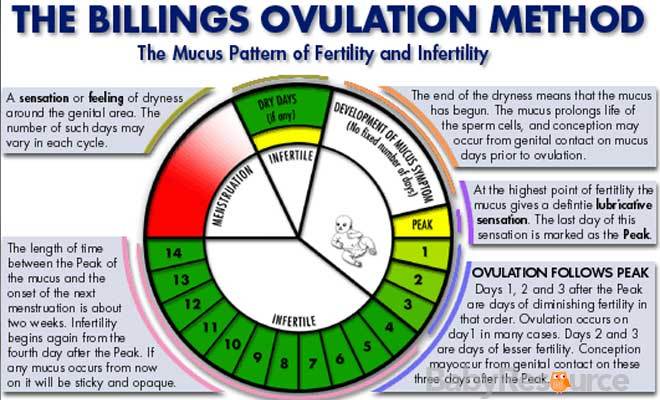 Fertility and Sterility, 103(5), 1319-1325.e1313. doi: http://dx.doi.org/10.1016/j.fertnstert.2015.01.031
Fertility and Sterility, 103(5), 1319-1325.e1313. doi: http://dx.doi.org/10.1016/j.fertnstert.2015.01.031 - Pfeifer, S., et al. (2017). Optimizing natural fertility: a committee opinion. Fertility and Sterility, 107(1), 52-58. doi: 10.1016/j.fertnstert.2016.09.029
- Stanford, J. B. (2015). Revisiting the fertile window. Fertility and Sterility, 103(5), 1152-1153. doi: http://dx.doi.org/10.1016/j.fertnstert.2015.02.015
- Stanford, et al. (2002). Timing intercourse to achieve pregnancy: current evidence. Obstetrics and Gynecology, 100(6), 1333-1341.
- Stephenson, J., et al. (2018). Before the beginning: nutrition and lifestyle in the preconception period and its importance for future health. The Lancet, 10.1016/S0140-6736(18)30311-8 doi: 10.1016/S0140-6736(18)30311-8
- Vélez, M. Pet al. (2015). Female exposure to phenols and phthalates and time to pregnancy: the Maternal-Infant Research on Environmental Chemicals (MIREC) Study. Fertility and Sterility.
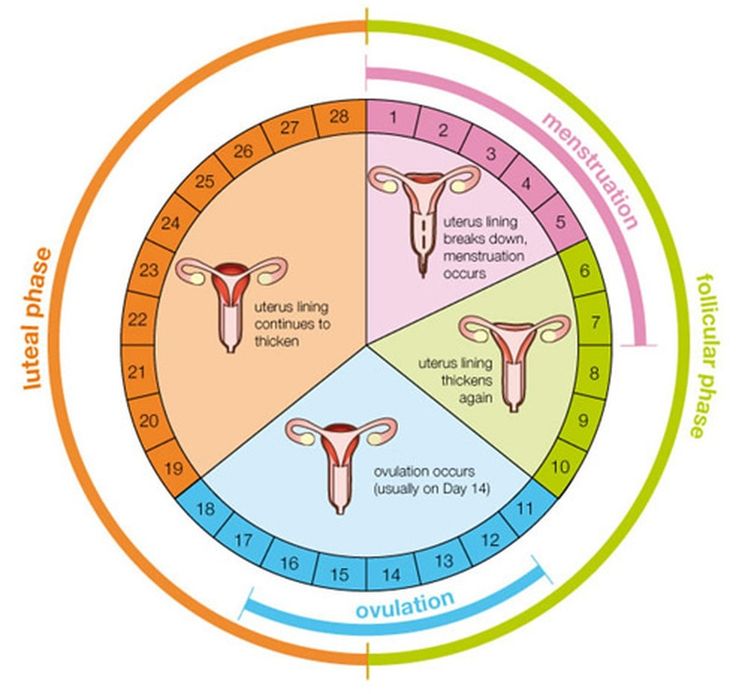 doi: 10.1016/j.fertnstert.2015.01.005
doi: 10.1016/j.fertnstert.2015.01.005 - Verón, G. L., et al. (2018). Impact of age, clinical conditions, and lifestyle on routine semen parameters and sperm kinematics. Fertility and Sterility, 110(1), 68-75.e64. https://doi.org/10.1016/j.fertnstert.2018.03.016
- Waylen, A. Let al. (2009). Effects of cigarette smoking upon clinical outcomes of assisted reproduction: a meta-analysis. Hum Reprod Update, 15(1), 31-44.
- Zenzes, M. T. (2000). Smoking and reproduction: gene damage to human gametes and embryos. Hum Reprod Update, 6(2), 122-131.
Page created on: 28/08/2018 | Last updated: 31/10/2022
How to increase your chance of getting pregnant
If you want a baby, here are five tips to increase your chance of getting pregnant.
- Know when you ovulate
Pregnancy is only possible if you have sex during the five days before ovulation or on the day of ovulation.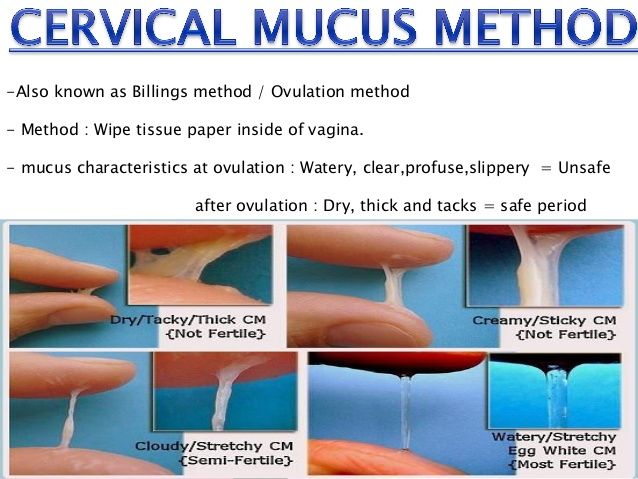 This is called the fertile window. Having sex during the fertile window, especially the three days leading up to and including ovulation, gives you the best chance of getting pregnant.
This is called the fertile window. Having sex during the fertile window, especially the three days leading up to and including ovulation, gives you the best chance of getting pregnant.
So how do you know when you’re ovulating? It depends on the length of your menstrual cycle. It happens about 14 days before your period starts so if your average cycle is 28 days, day one is the first day of your period and you ovulate around day 14. This means your most fertile days for sex are days 12, 13 and 14.
If your average menstrual cycle is 35 days, ovulation happens around day 21 and your most fertile days for sex are days 19, 20 and 21.
If you have a shorter cycle, say 21 days, ovulation happens around day seven and your most fertile days are days five, six and seven.
Use this ovulation calculator to help you pinpoint your fertile window.
If you have an irregular cycle and can’t work out when you ovulate, having sex every two to three days should improve your chance of getting pregnant.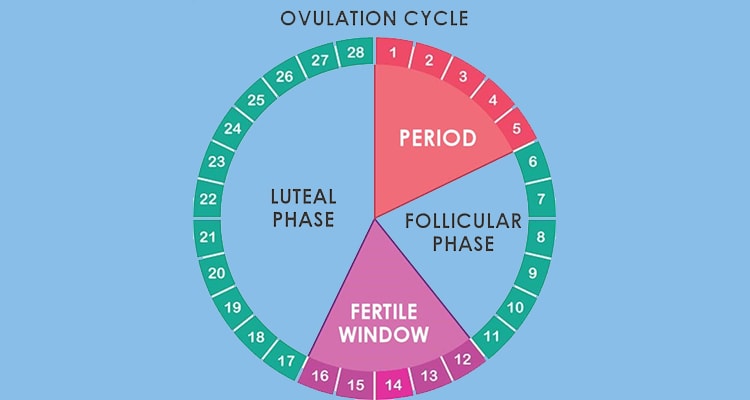
- See your GP for a preconception health check
See your GP for a preconception check-up to make sure you are as healthy as possible before trying for a baby. Your GP can also check your vaccinations are up to date so you have immunity against infections that could harm a baby. Complete our preconception health checklist and take it to your appointment.
- Eat well and exercise
For women and men, working towards a healthy weight increases the chance of pregnancy. Being in good shape will not only boost your fertility and your general health, it will also give your baby the best start in life.
Carrying extra weight can cause problems with hormone levels, which can affect the menstrual cycle, and the quality of a woman’s eggs and a man’s sperm. The good news is that making some changes, like eating healthy food and being physically active, can put you on a pathway to a healthier weight. It can be hard but losing even a few kilos can make a big difference.
It can be hard but losing even a few kilos can make a big difference.
- Look after your health
For both women and men, the lead up to pregnancy is just as important as being healthy during pregnancy. You can do this by:
• taking the right dose of folic acid and iodine (for women)
• not smoking
• cutting out alcohol and recreational drugs
• discussing the safety of any medication or complimentary therapies you are taking with your doctor
• limiting your caffeine intake
• avoiding some chemicals commonly found in the home or workplace
• making sure your vaccinations, especially German Measles (Rubella), are up to date.
- Get help if you have trouble getting pregnant
About one in six couples experience fertility problems, so if you’re aged under 35 and haven’t conceived after a year, talk to your GP about it. If you’re 35 or older, visit your GP after six months of trying without success.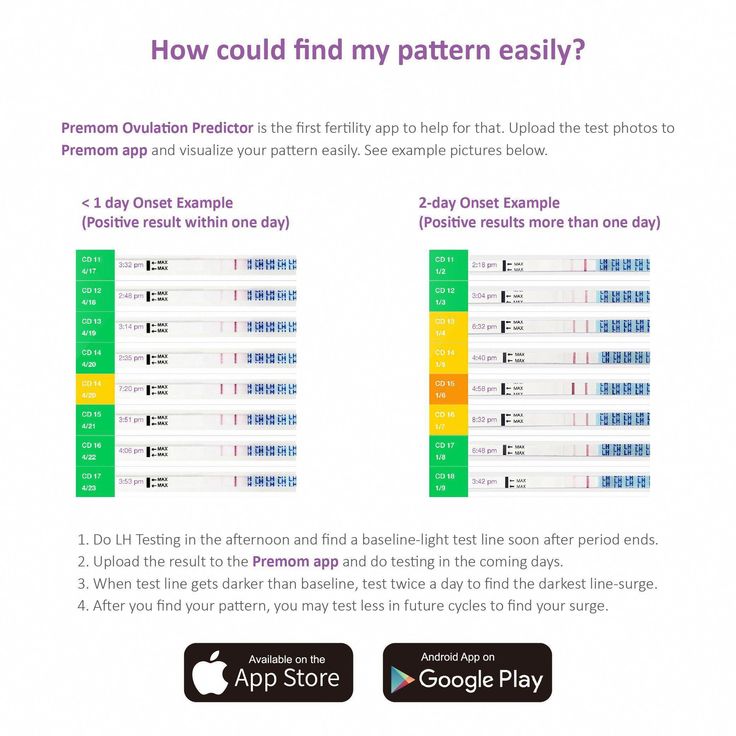
Some medical conditions can affect your chance of getting pregnant including:
• polycystic ovary syndrome (PCOS)
• endometriosis
• diabetes
• cancer treatment.
If either partner has a medical condition, talk to your doctor to make sure it’s under control before trying for a baby.
Ovulation: how to calculate? | Clinic MEDEL
Couples who refer to themselves as "we" live much more peacefully and happily than everyone else, and feel the most satisfied marriage.
The phase of a woman's menstrual cycle when an unfertilized egg is released from the ovary, travels through the fallopian tubes and into the uterus, is called ovulation.
This is the stage of the menstrual cycle during which pregnancy can occur if the released egg is fertilized by sperm.
We'll show you how to calculate the length of your menstrual cycle to determine when you might be ovulating.
How many days after menstruation does ovulation last?
Ovulation usually occurs about 14 days before your next period. Count the number of days from the first day of your period to the day before your next period to determine the length of your cycle. Then subtract that number by 14 to determine which day after your period you will ovulate. If your average menstrual cycle is 30 days, you will ovulate 16 days after your period starts (30-14 = 16).
Count the number of days from the first day of your period to the day before your next period to determine the length of your cycle. Then subtract that number by 14 to determine which day after your period you will ovulate. If your average menstrual cycle is 30 days, you will ovulate 16 days after your period starts (30-14 = 16).
In predicting ovulation, there may be a margin of error of at least 2 days.
If you want to get pregnant, many doctors recommend having sex a few days before ovulation because sperm can live up to 5 days in a woman's reproductive tract.
When is the highest chance of getting pregnant?
The day before ovulation and on the day of ovulation. If you're trying to conceive, it's a good idea to have sex every day or every other day for a week to maximize your chance of pregnancy.
You are unlikely to get pregnant immediately after your period, although this can happen if you have an abnormally short menstrual cycle in which ovulation can occur just a few days after your period ends.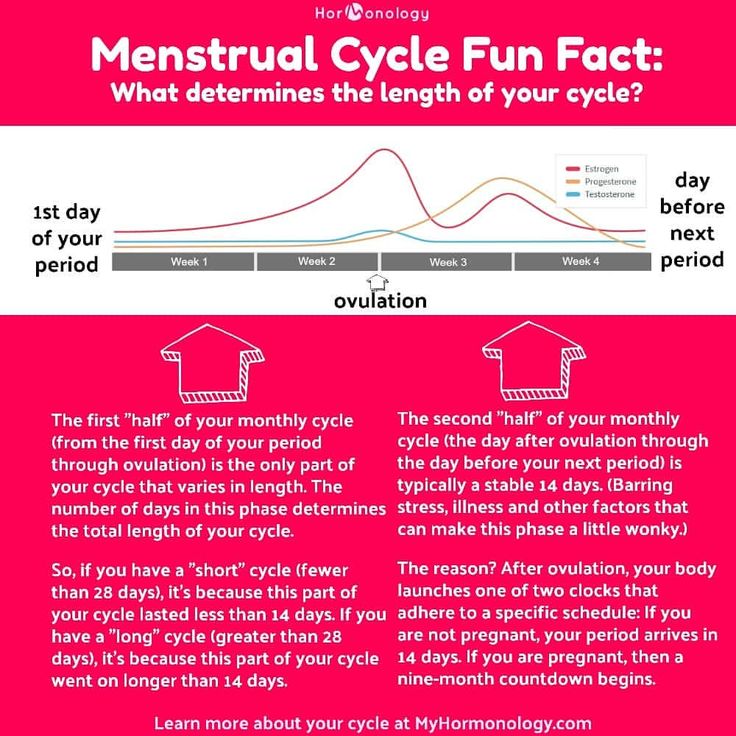
Here is an example:
First day of menstruation - January 1
The next one will start on January 31 (that is, in 30 days)
Ovulation will take place from January 17 to January 21 (10-14 days before the next period). These days are the most likely to conceive.
Keep in mind that women with irregular cycles may not be able to predict when they will ovulate because their cycle length varies from month to month. Some women with irregular cycles may ovulate immediately after their period, but this is very rare.
Articles
Return to the list
MEdel Multidisciplinary Clinic
We are waiting for you at the following addresses:
Kazan, st. Siberian tract, 34, bldg. 5
Kazan, st. Adoratskogo, d. 17
Kazan, st. Yuliusa Fuchik, 91a
Mail: [email protected]
How to get to Kazan Clinics
Working hours:
from Mon to Fri 8:00 - 20:00
Saturday 8:00 - 17:00 02 day off.
* Data processing policy
Review of the clinic Information search
How to independently determine the beginning of ovulation and not make a mistake
Ovulation is the release of an egg from the follicle. It can be tracked with an ultrasound. Or you can do an ovulation test. But some women claim that they feel it without any auxiliary means. Are you one of those?
Ovulation formula
Knowing when ovulation occurs is important for two things: if a woman wants to get pregnant or if a woman chooses a calendar method of contraception. The fertile period - the period when fertilization can occur - lasts approximately six days: five days before ovulation and the day of ovulation. The highest probability of conception is within two days before and on the day of ovulation.
Calculating the day of ovulation mathematically makes sense if you have a very clear and stable menstrual cycle. The length of the first phase of the cycle varies.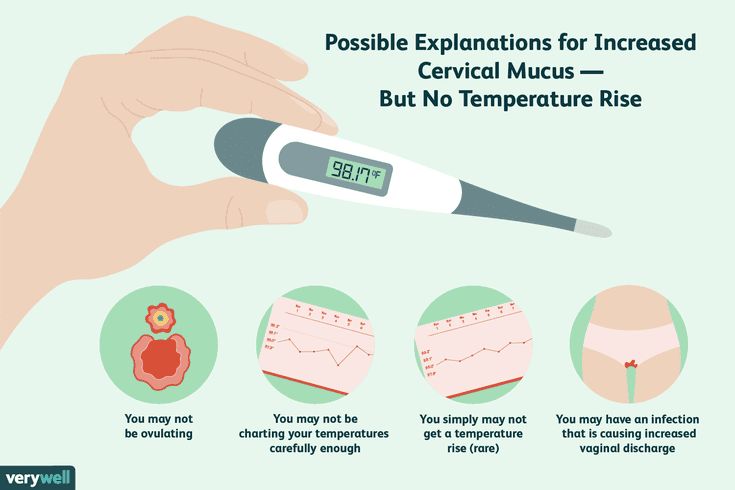 The second phase is more stable and lasts 14 days. Accordingly, to calculate the day of ovulation, it is necessary to subtract 14 from the cycle length. In an ideal 28-day cycle, ovulation occurs exactly in the middle: 28-14 = 14. In a short cycle, it will occur earlier: for example, with a cycle length of 24 days, ovulation will have to around day 10. In the long - later: 33-14 \u003d 19. For women whose menstrual cycle fluctuates by several days, the formula becomes more complicated: you need to take into account the duration of both the shortest and longest cycles, calculate the average. Still, the figure will only be approximate.
The second phase is more stable and lasts 14 days. Accordingly, to calculate the day of ovulation, it is necessary to subtract 14 from the cycle length. In an ideal 28-day cycle, ovulation occurs exactly in the middle: 28-14 = 14. In a short cycle, it will occur earlier: for example, with a cycle length of 24 days, ovulation will have to around day 10. In the long - later: 33-14 \u003d 19. For women whose menstrual cycle fluctuates by several days, the formula becomes more complicated: you need to take into account the duration of both the shortest and longest cycles, calculate the average. Still, the figure will only be approximate.
A woman can determine the days favorable for conception if she pays attention to the changes that occur to her on certain days of the cycle. These changes are most noticeable in the uterine mucosa and cervix.
Mucus
Cervical glands produce mucus. Usually it is thick: a real cork that closes the cervical canal and prevents infections from passing into the uterus. In such thick mucus, sperm cells quickly lose their mobility, and it is difficult for them to rise into the uterine cavity. But the main (dominant) follicle growing in the ovary, from which the egg will be released, produces the hormone estradiol. The more estradiol, the more cervical mucus becomes and the thinner it is. On the eve of ovulation, it becomes extensible, like egg white. In some women, this viscous transparent discharge in the middle of the cycle is very noticeable. For some - a few days before ovulation, for others - only on the day of ovulation itself. This is individual.
In such thick mucus, sperm cells quickly lose their mobility, and it is difficult for them to rise into the uterine cavity. But the main (dominant) follicle growing in the ovary, from which the egg will be released, produces the hormone estradiol. The more estradiol, the more cervical mucus becomes and the thinner it is. On the eve of ovulation, it becomes extensible, like egg white. In some women, this viscous transparent discharge in the middle of the cycle is very noticeable. For some - a few days before ovulation, for others - only on the day of ovulation itself. This is individual.
Pain
Ovulation may be indicated by pain in the lower abdomen on the days of the cycle, not associated with menstrual bleeding. The pain can be in the lower abdomen in the center or on the right / left - depending on which ovary the dominant follicle matures. The pain is often of a pulling nature. It may be accompanied by slight bloating or a feeling of fullness in the lower abdomen. At first, the pain is slight, but within a couple of days it can intensify.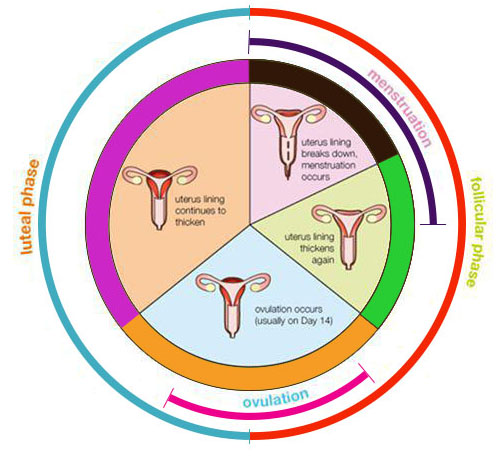 These pains are associated with an increase in the level of biologically active substances in the body of a woman before ovulation - prostaglandins. Prostaglandins dissolve the wall of the follicle and ovarian tissue so that the egg can be released into the abdominal cavity, and from there into the fallopian tube. The "side effect" of prostaglandins is pain. Just like a change in the nature of cervical mucus, pain associated with ovulation may occur only on the day of ovulation itself or be noted on the eve of ovulation and even a day or two after it.
These pains are associated with an increase in the level of biologically active substances in the body of a woman before ovulation - prostaglandins. Prostaglandins dissolve the wall of the follicle and ovarian tissue so that the egg can be released into the abdominal cavity, and from there into the fallopian tube. The "side effect" of prostaglandins is pain. Just like a change in the nature of cervical mucus, pain associated with ovulation may occur only on the day of ovulation itself or be noted on the eve of ovulation and even a day or two after it.
How to understand that pain is associated with ovulation
It is important to understand that pain in the lower abdomen can be associated with much less pleasant causes than ovulation.
How to understand that this is exactly “it”.
- The pain lasts 1-3 days and goes away on its own.
- Pain recurs in several cycles.
- Approximately 14 days after such pain comes another menstruation.
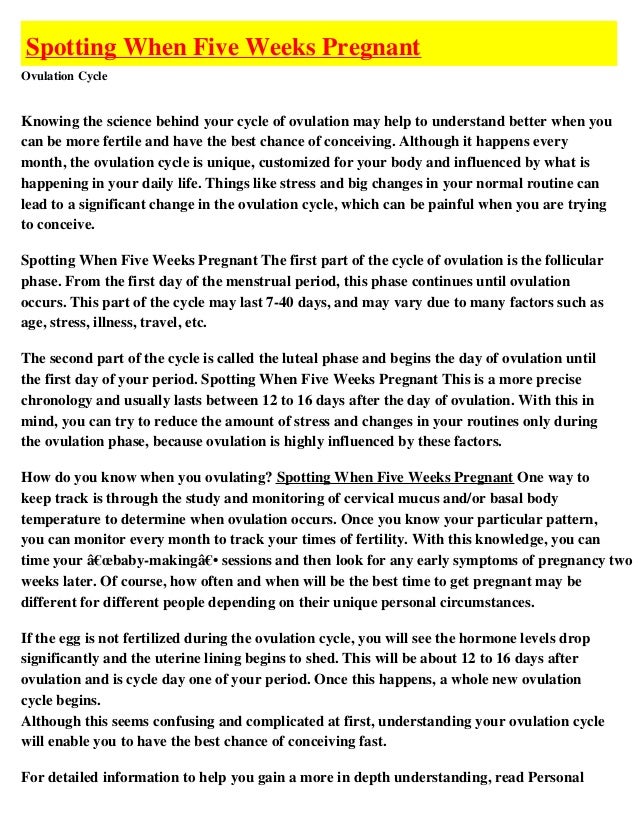
Pain during ovulation is moderate and does not require pain medication. Severe pain indicates a health problem. If the pain on the days of the alleged ovulation is severe, you need to contact a gynecologist. Other alarming symptoms accompanying pain in the lower abdomen and which may indicate a problem with the uterus and appendages: fever, increased discharge (leucorrhoea) from the genital tract, discoloration of the leucorrhoea from transparent or white to yellow-green, spotting. By the way, taking painkillers and NSAIDs (non-steroidal anti-inflammatory drugs) on the days of expected ovulation or shortly before ovulation can reduce the chances of conception.
Technical aids
Home test
Ovulation can be determined with a home test available from a pharmacy. The principle of the study is based on determining the concentration of luteinizing hormone (LH) in the urine. The level of LH in women fluctuates depending on the period of the menstrual cycle.